Related: Grand Cayman
The Cayman Islands is a British overseas territory located in the western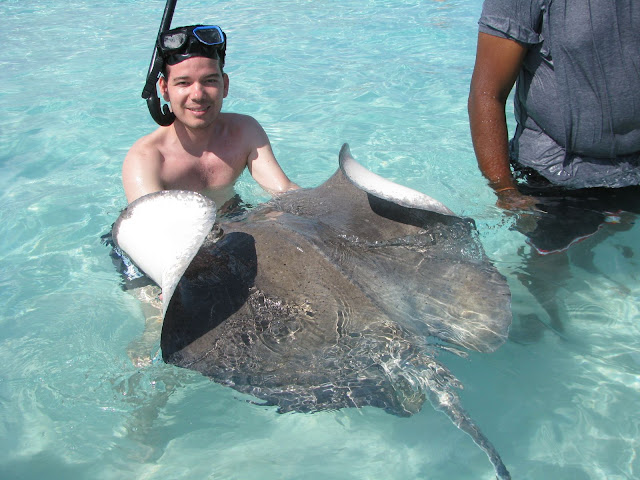 Caribbean Sea. The
Caribbean Sea. The 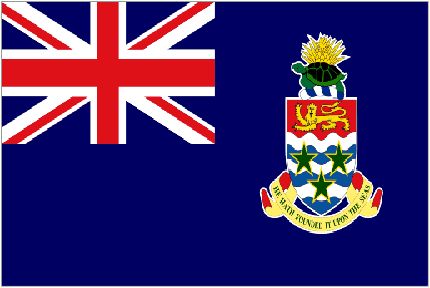 territory comprises the islands of Grand Cayman, Cayman Brac, and Little Cayman, located south of Cuba and northwest of Jamaica. The territory is a major offshore financial centre in the Caribbean.
territory comprises the islands of Grand Cayman, Cayman Brac, and Little Cayman, located south of Cuba and northwest of Jamaica. The territory is a major offshore financial centre in the Caribbean.
The Cayman Islands were sighted by Christopher Columbus, on 10 May 1503 on his fourth and final voyage to the New World. He named the islands Las Tortugas after the numerous sea turtles there. The first recorded English visitor to the islands was Sir Francis Drake, who landed there in 1586 and named them the Cayman Islands after caiman, the Neo-Taino nations' term for alligator.
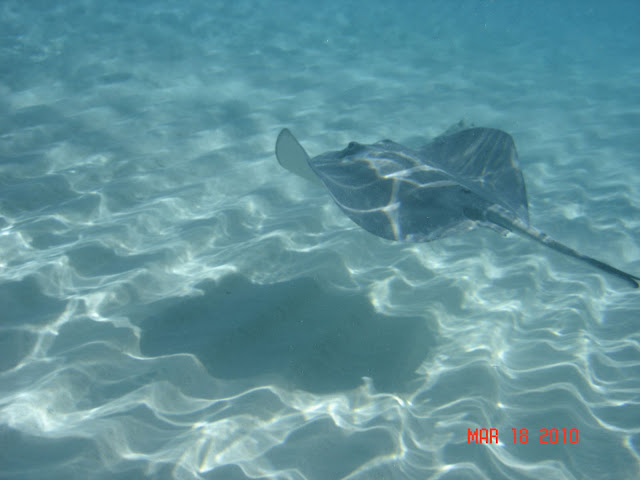
The first recorded permanent inhabitant of the Cayman Islands, Isaac Bodden, was born on Grand Cayman around 1661. He was the grandson of the original settler named Bodden who was probably one of Oliver Cromwell's soldiers at the taking of Jamaica in 1655.
The Cayman Islands remained largely uninhabited until the 17th century. A variety of people settled on the islands, including pirates, refugees from the Spanish Inquisition, shipwrecked sailors, deserters from Oliver Cromwell's army in Jamaica, and slaves. The majority of Caymanians are of African and British descent, with considerable interracial mixing.
slaves. The majority of Caymanians are of African and British descent, with considerable interracial mixing.
Great Britain took formal control of the Cayman Islands, along with Jamaica, under the Treaty of Madrid in 1670. Following several unsuccessful attempts, permanent settlement of the islands began in the 1730s. The islands, along with nearby Jamaica, were captured from the Spanish Empire, then ceded to England under the Treaty of Madrid (1670). They were governed as a single colony with Jamaica until 1962 when they became a separate British Overseas Territory and Jamaica became an independent Commonwealth realm.
The island of Grand Cayman, which lies largely unprotected at sea level, was hit by Hurricane Ivan on 11 and 12 September 2004, which destroyed many buildings and damaged 90% of them. Power, water and communications were all disrupted in some areas for months as Ivan was the worst hurricane to hit the islands in 86 years. However, Grand Cayman began a major rebuilding process and within two years its infrastructure was nearly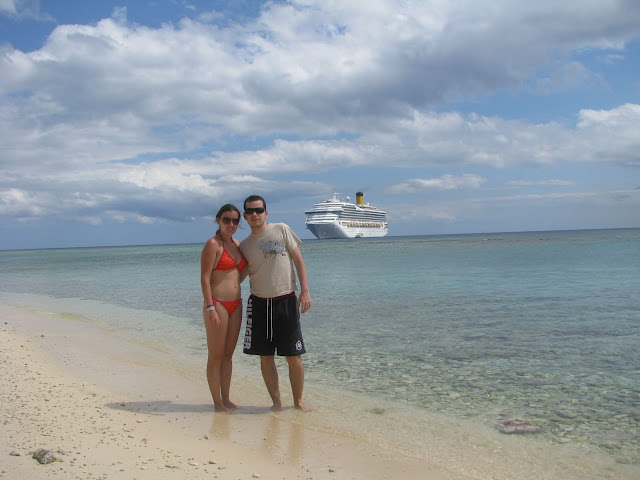 returned to pre-hurricane levels. The Cayman Islands have the dubious honour of having experienced the most hurricane strikes in history. Due to the proximity of the islands, more hurricane and tropical systems have affected the Cayman Islands than any other region in the Atlantic basin, being brushed or directly hit, on average, every 2.23 years.
returned to pre-hurricane levels. The Cayman Islands have the dubious honour of having experienced the most hurricane strikes in history. Due to the proximity of the islands, more hurricane and tropical systems have affected the Cayman Islands than any other region in the Atlantic basin, being brushed or directly hit, on average, every 2.23 years.
The Cayman Islands historically have been popular as a tax-exempt destination. Legend has it that Caymanians in 1788 rescued the crews of a Jamaican merchant ship convoy which had struck a reef at Gun Bay during a hurricane, and that the Caymanians were rewarded with King George III's promise to never again impose a tax.
Cayman Islands Map:
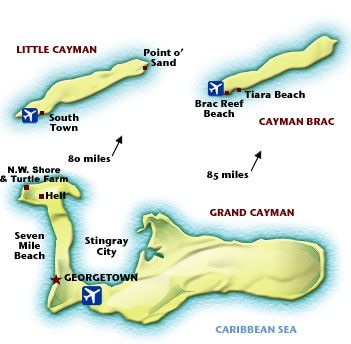
March 2010
The Cayman Islands is a British overseas territory located in the western
 territory comprises the islands of Grand Cayman, Cayman Brac, and Little Cayman, located south of Cuba and northwest of Jamaica. The territory is a major offshore financial centre in the Caribbean.
territory comprises the islands of Grand Cayman, Cayman Brac, and Little Cayman, located south of Cuba and northwest of Jamaica. The territory is a major offshore financial centre in the Caribbean.The Cayman Islands were sighted by Christopher Columbus, on 10 May 1503 on his fourth and final voyage to the New World. He named the islands Las Tortugas after the numerous sea turtles there. The first recorded English visitor to the islands was Sir Francis Drake, who landed there in 1586 and named them the Cayman Islands after caiman, the Neo-Taino nations' term for alligator.
The first recorded permanent inhabitant of the Cayman Islands, Isaac Bodden, was born on Grand Cayman around 1661. He was the grandson of the original settler named Bodden who was probably one of Oliver Cromwell's soldiers at the taking of Jamaica in 1655.
The Cayman Islands remained largely uninhabited until the 17th century. A variety of people settled on the islands, including pirates, refugees from the Spanish Inquisition, shipwrecked sailors, deserters from Oliver Cromwell's army in Jamaica, and
Great Britain took formal control of the Cayman Islands, along with Jamaica, under the Treaty of Madrid in 1670. Following several unsuccessful attempts, permanent settlement of the islands began in the 1730s. The islands, along with nearby Jamaica, were captured from the Spanish Empire, then ceded to England under the Treaty of Madrid (1670). They were governed as a single colony with Jamaica until 1962 when they became a separate British Overseas Territory and Jamaica became an independent Commonwealth realm.
The island of Grand Cayman, which lies largely unprotected at sea level, was hit by Hurricane Ivan on 11 and 12 September 2004, which destroyed many buildings and damaged 90% of them. Power, water and communications were all disrupted in some areas for months as Ivan was the worst hurricane to hit the islands in 86 years. However, Grand Cayman began a major rebuilding process and within two years its infrastructure was nearly
The Cayman Islands historically have been popular as a tax-exempt destination. Legend has it that Caymanians in 1788 rescued the crews of a Jamaican merchant ship convoy which had struck a reef at Gun Bay during a hurricane, and that the Caymanians were rewarded with King George III's promise to never again impose a tax.
Cayman Islands Map:

March 2010
You have read this article with the title CAYMAN ISLANDS, CARIBBEAN. You can bookmark this page URL http://oinsweden.blogspot.com/2010/03/cayman-islands-caribbean.html. Thanks!
Write by:
AN - Thursday, March 25, 2010







.jpg)


Comments "CAYMAN ISLANDS, CARIBBEAN"
Post a Comment